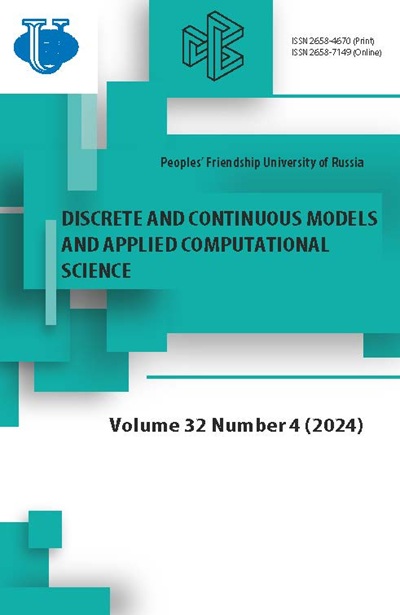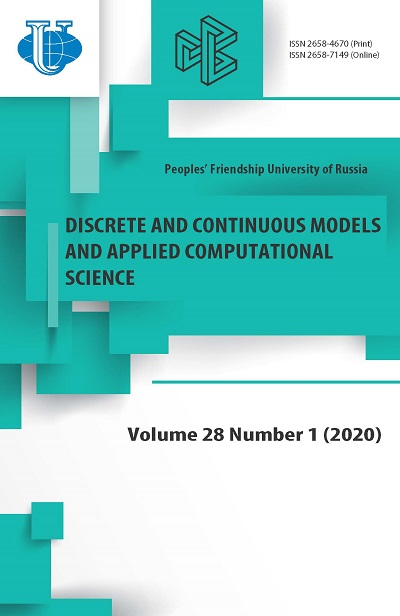RQ-система с ненадёжным прибором и разнотипными вызываемыми заявками
- Авторы: Назаров А.А.1, Пауль С.В.1, Лизюра О.Д.1
-
Учреждения:
- Национальный исследовательский Томский государственный университет
- Выпуск: Том 28, № 1 (2020)
- Страницы: 49-61
- Раздел: Математическое моделирование
- URL: https://journals.rudn.ru/miph/article/view/23696
- DOI: https://doi.org/10.22363/2658-4670-2020-28-1-49-61
Цитировать
















